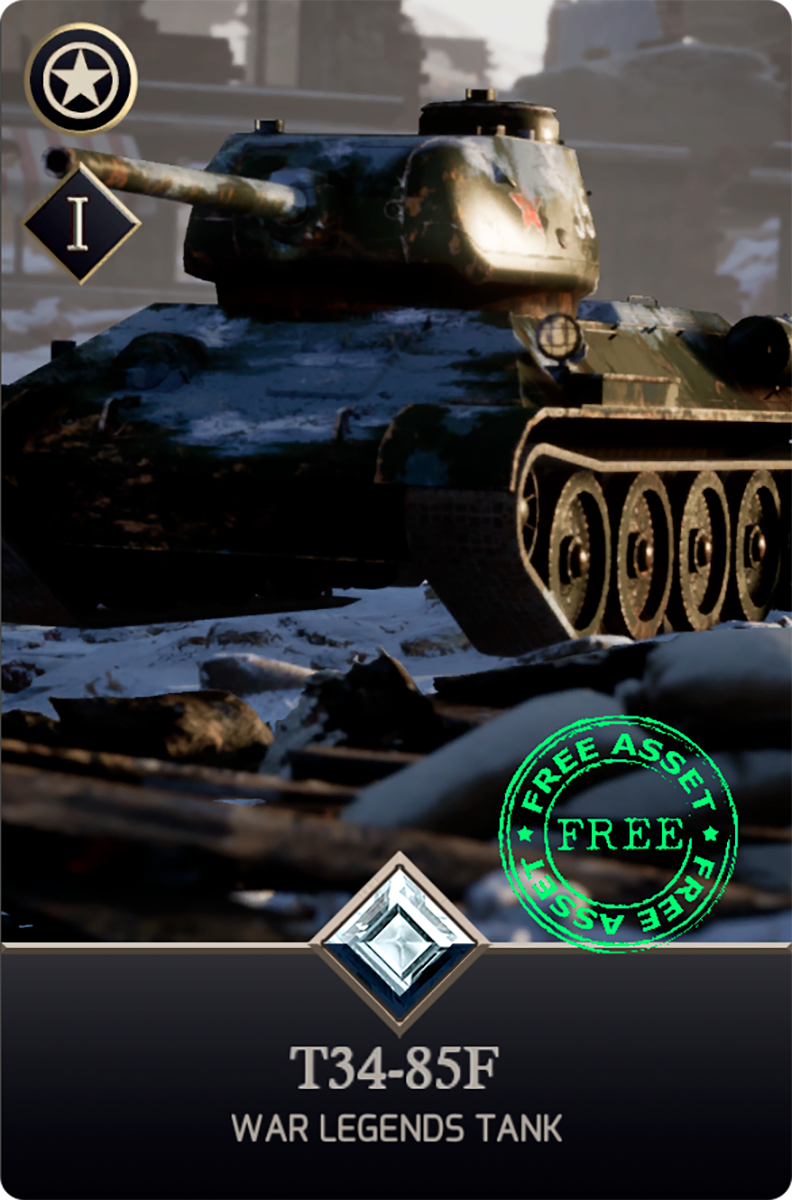


Tank Background
The T-34/85 gradually replaced the T-34/76 and in mid 1944 the T-34/85 outnumbered the older versions. By then they formed the bulk of the tank units on the eve of Operation Bagration, the Soviet response to the Allied landings in Normandy, and the biggest offensive ever planned by the Red Army to date. This was the final push aimed at Berlin.
By late 1944, when entering formerly occupied East European countries and Easter Prussia, T-34/85 tank crews faced a new threat, the average infantryman, even from citizen militias armed with the Panzerfaust. To deal with this effective weapon, the Russian crews took the matter in their own hands. They mounted protections made of bed frames welded on the turret and hull sides.
The improvisation became usual during the battle of Berlin. In August, a tremendous build-up of forces were done on the Eastern frontier,in Manchuria.
Although the T-34 production was stopped after the war ended, they were reactivated in 1947 in the context of growing international tensions in Europe.
This reservoir of cheap tanks was then put at the disposal of the allies and satellites of the USSR, all the countries which had signed the pact of Warsaw. This included Poland, with many other Romanians, Hungarians and Yugoslavians. North Korea received around 250, a Korean armored brigade, spearheaded the invasion of South Korea in March 1950.
The list of users of this model is quite impressive, 52 countries, including the Finnish and German forces, all USSR client sates, Cuba and subsequently many African countries also adopted it. During the Vietnam War, the North Vietnamese were equipped with many Chinese type 58.
Many have also seen action in the Middle East, with Egyptian and Syrian armies.Others were part of the Iraqi forces during the confrontation with Iran and still in service when Saddam Hussein attacked Kuwait, it is known that the Talibans possessed a few T-34’s.
There were two campaigns, in 1960 and 1969, to sell the stocks from the USSR, By that time, the model was definitely considered obsolete and mostly kept in storage.








